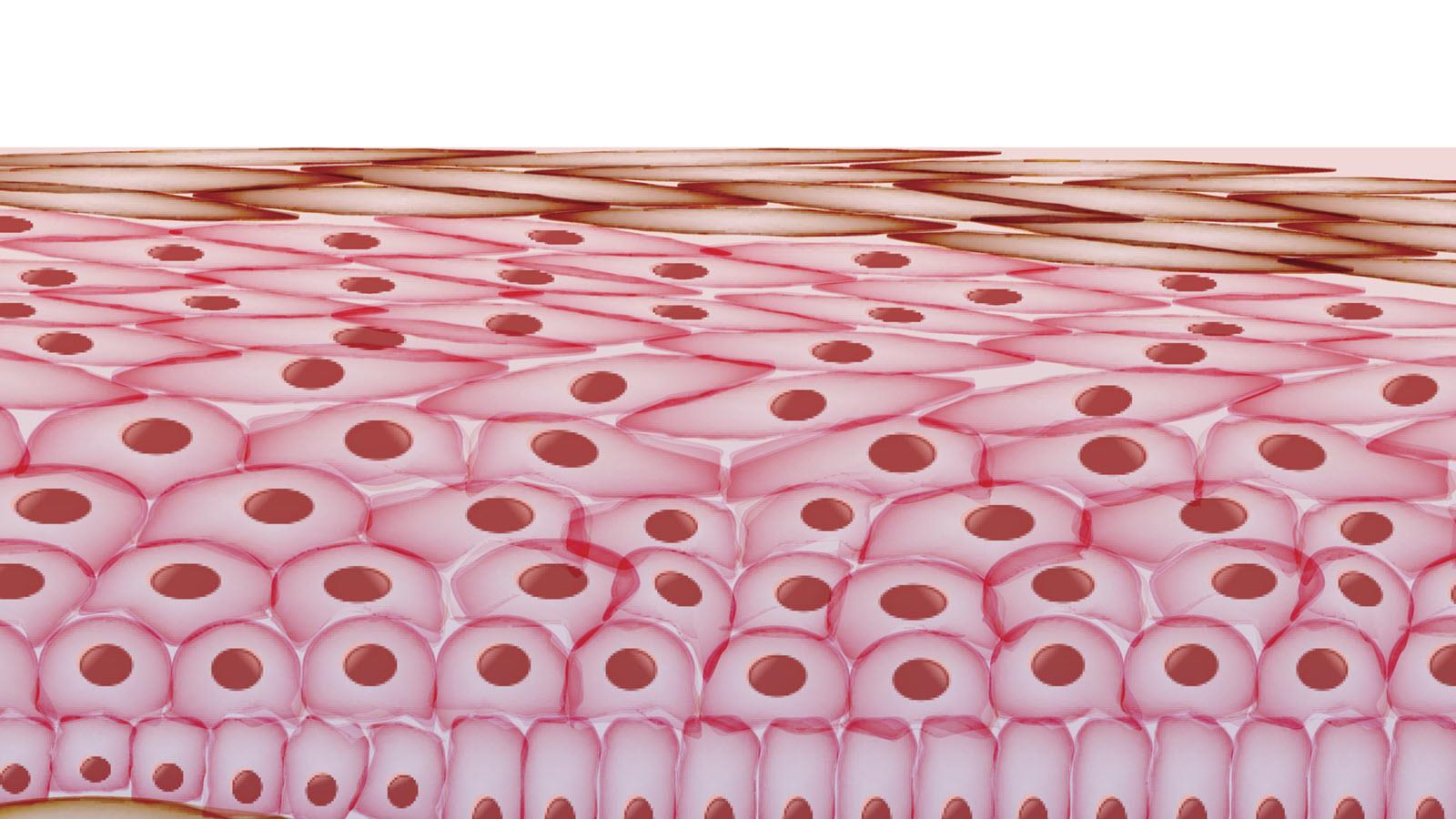Just about everyone has experienced muscle fatigue, especially after a workout or a lot of physical activity. But for someone with myositis – including one type called dermatomyositis – muscles weaken and even waste away on their own because of an autoimmune response.
Myositis is a group of rare diseases that affects more than 50,000 people in the United States from infancy to old age. These rare diseases, including dermatomyositis, have one thing in common: chronic inflammation and weakness in the muscles.
This inflammation results from the body’s immune system mistakenly attacking otherwise healthy organ tissue, which leads to fatigue, mobility issues and disability, said Orell Mielke, CSL Behring’s Senior Global Program Director of Immunology for R&D. As a result, weakness in the hips, back, shoulders, forearms and neck can cause frequent trips and falls. Patients also experience difficulty swallowing and difficulty raising their arms, climbing stairs and grasping objects.
We think of antibodies as a good thing, because they ward off illness, but for someone who has dermatomyositis autoantibodies can do harm. They’re antibodies the body mistakenly makes and then unleashes against itself. Autoantibodies not only attack the small arteries (or vessels) in the muscles, but also in the skin, leading to their gradual destruction, Mielke said.
“When this occurs in the skin, distinctive rashes occur in the face, neck or hands. The rash may bruise and cause pain, or become very hard, impeding movement of the finger joints for example,” he said.
Because of these rashes, dermatomyositis is often the easiest to diagnose among myositis diseases. Still, diagnosis can be complicated because the condition is often confused with other autoimmune diseases like scleroderma and lupus, Dr. Lisa Christopher-Stine told patient advocacy non-profit Global Healthy Living Foundation. She’s a rheumatologist and director of the Johns Hopkins Myositis Center in Baltimore, Maryland.
“With regard to the skin, it is not uncommon for patients to be diagnosed with lupus and actually have dermatomyositis because the butterfly rash on the cheek is very similar,” said Christopher-Stine.
With lupus, the rash doesn’t generally appear in the area below the nose and above the lips, but with dermatomyositis it does, she said.
So how can patients get a correct diagnosis? The Myositis Foundation recommends patients discuss their medical history with their physician and then undergo blood tests and a muscle biopsy.
While there is no cure yet available for Dermatomyositis, it can be managed by different therapies, Mielke said.
“The skin rash can be treated with local ointments containing cortisone or tablets and infusions containing drugs that inhibit functions of the immune system, in addition dermatomyositis can also be treated with immunoglobulins. In this way the disease can be controlled,” he said.
Learn more by watching this video explanation from the Hospital for Special Surgery.



